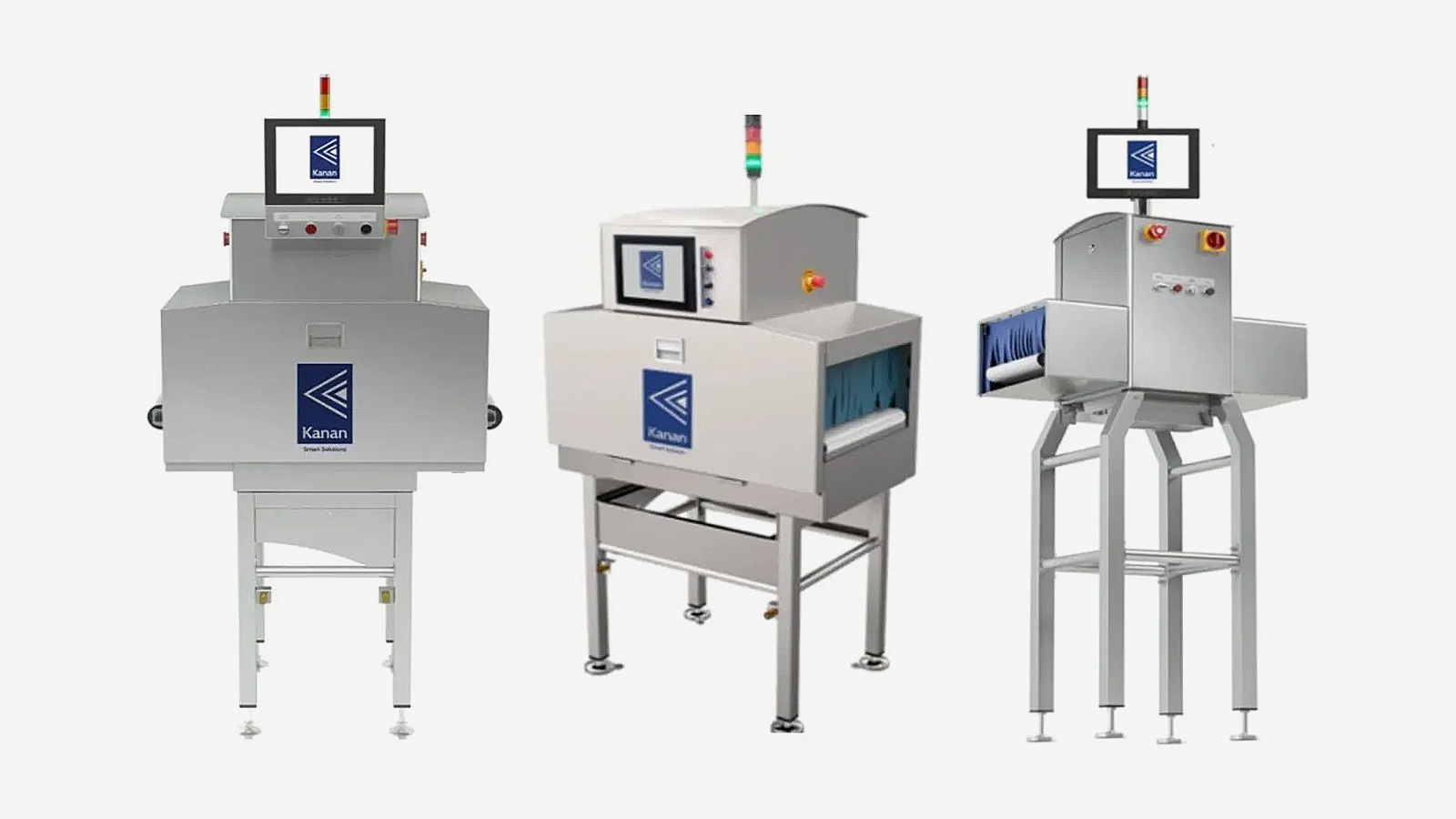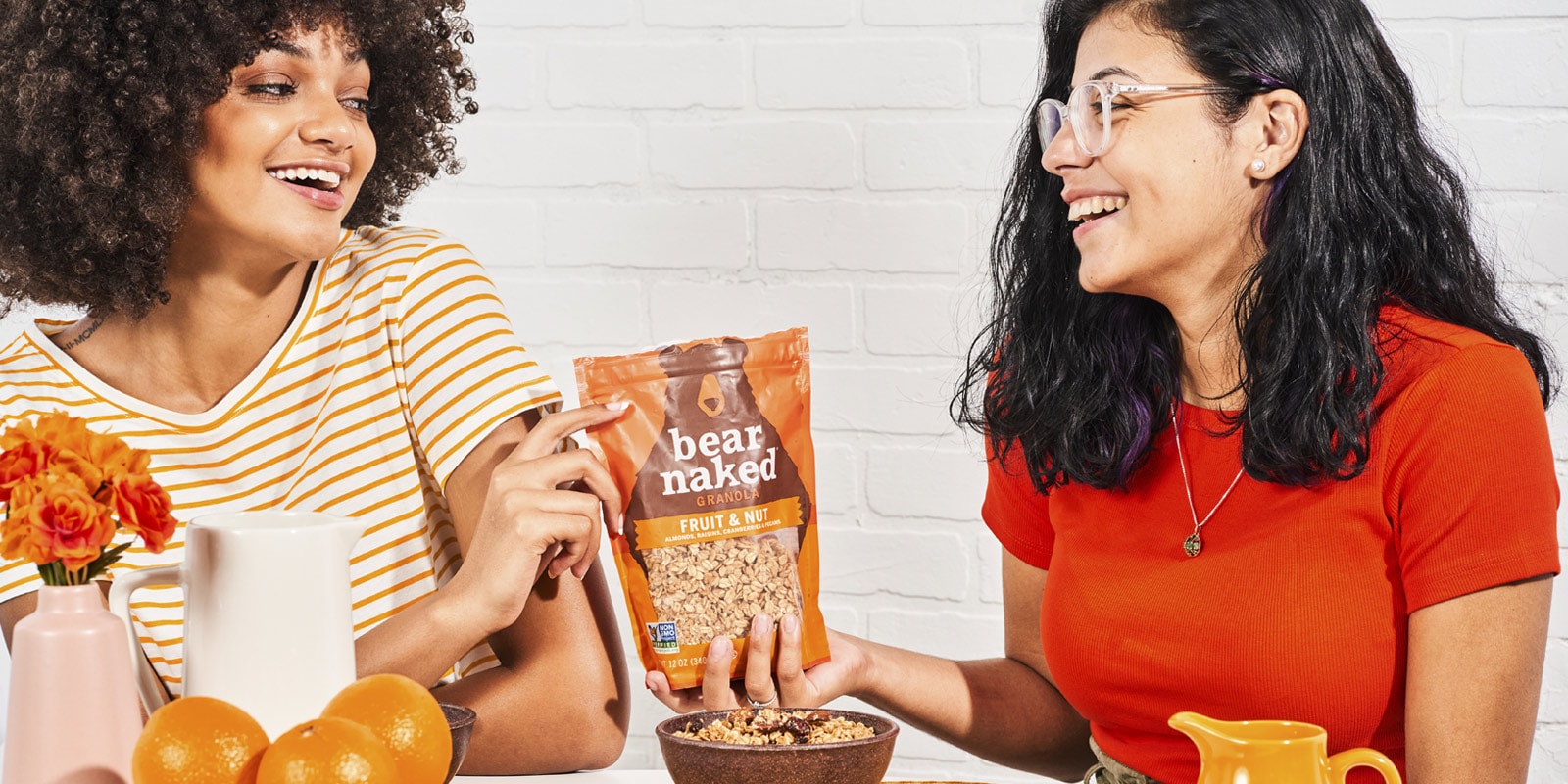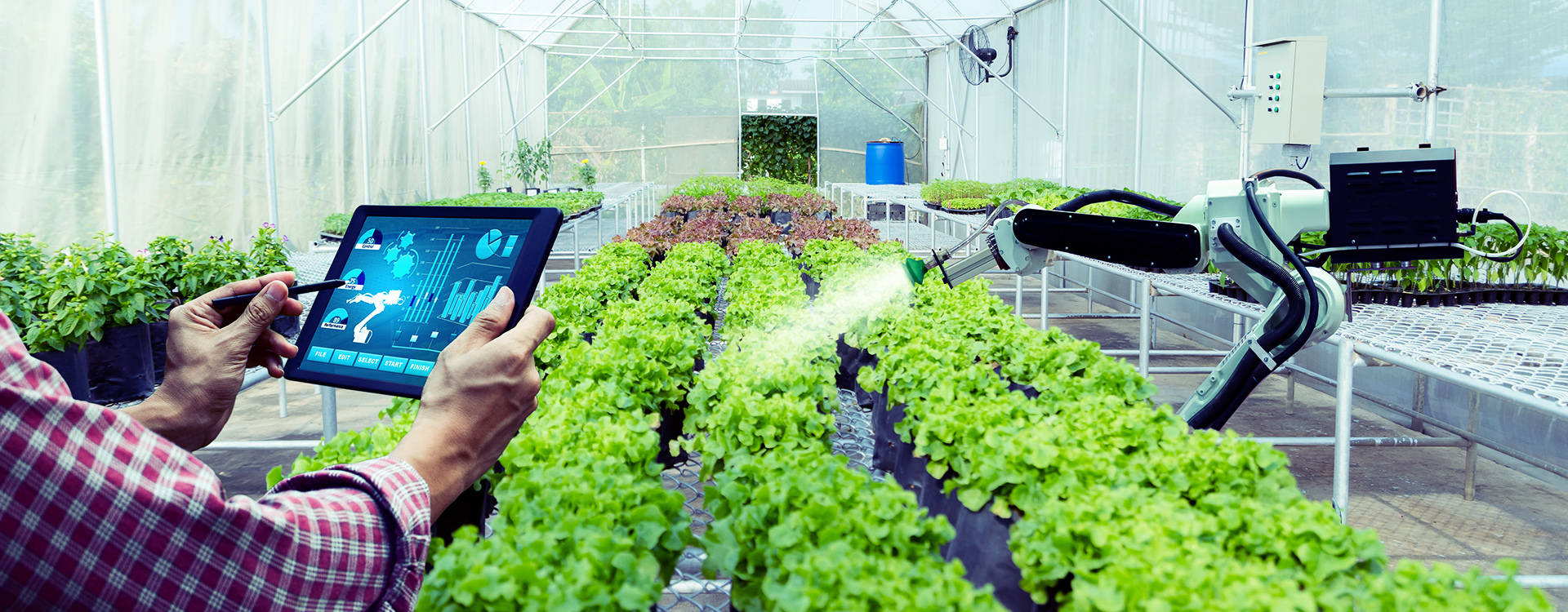How AI can change the food sector
The food industry is one of the most important economic sectors in the world. The reasons are obvious: people need to eat, so this industry has to exist. Nevertheless, the sector often faces handicaps such as competition, an array of options and the processing (which significantly involves people). The human workforce plays an essential role in successfully carrying out the production and packaging of food products. Precisely due to this participation from human beings, food industries face limitations when it comes to meeting the demand for their products, as well as slowing down when it is necessary to ensure good food quality. Given this situation, industrial automation is the best possible solution. Much of that automation is based on artificial intelligence (AI), machine learning (ML) and deep learning (DL) algorithms. By using an AI-based system, the processes of food production, delivery and quality analysis can be managed efficiently, thus improving competitiveness in the sector.
Right now, all industries are reinventing themselves and adapting to the true new technological situation. The food sector is not far behind; there are already many companies that have decided to innovate and invest in development. Let us look at some examples of AI applications in the food industry that may change the rules of the game forever.
Different AI applications in the food sector
1. Improving agriculture from the outset
Artificial intelligence can help optimize the production process in agriculture through soil monitoring, robotic cultivation and predictive analysis.
On the one hand, thanks to AI and ML, defective soils can be identified and an action plan drawn up to improve the crop using predictive analysis. On the other hand, it is nothing new to have fields cultivated with robots. Indeed, the first AI-based drone was used in Japan in 1990 to spray crops. Today, most companies make use of agricultural AI and aerial technology to supervise their crops.
Thanks to all of these techniques, agriculture can be improved from the outset in such a way that every effort is rewarded.
R-MAX, the fumigation drone developed by Yamaha, has been working since 1990. Since then, it has seen significant improvements introduced.
2. Detecting flaws with an X-ray machine and an AI system that recognizes them
You may have heard of X-rays being used to scan for physical defects. In fact, some time ago the company Bimbo developed a system that inspects residues in bread, so they have saved a lot of time when it comes to detecting flaws in their products. X-ray inspection systems are designed to detect contaminants in food products, regardless of their shape or location. By applying this technology early on in food processing, contaminants can also be removed early on, before the product’s value increases, thereby reducing food waste and saving on costs. AI can help in this regard by creating algorithms that recognize residues or physical bodies in the food and decide for itself if they have deteriorated the product, and whether the product must therefore be eliminated.
And not only that: have you heard of artificial intelligence being used to detect defects only perceptible through taste and smell? Yes, it’s possible: AI systems have been integrated into machines that can intuitively detect smells and tastes for food safety and quality control.
Sensors are used to extract the marker components, and intelligent algorithms translate the signals triggered to get the necessary information.
This innovation removes the need for food handlers to carry out a sensory analysis themselves. Furthermore, the use of AI in selecting and analysing food components and characteristics, as well as in detecting defects, ensures a more uniform approach and reduces the possibility of errors.
In this sphere, another of the challenges to be faced is in matching the AI’s scanning and reading speed to the usual production speed in these environments, to make the process fast and safe, while leaving no margin for mistakes.

Mekitec’s X-ray inspection system has an artificial intelligence system developed by Kanan Smart Solutions.
3. Sorting, packing, resupply and predictive analytics
During food processing, one of the most tedious and time-consuming tasks is to order and correctly package products. However, sorting and packaging can be managed by systems based on on AI to minimize errors and quickly increase the production rate.
Did you think that was all? AI can also be used not only for sorting and packing, but also to resupply products. The brand Heinz Ketchup has already tried it and the results have been pretty good. According to Joe McNamara, director of global IT at Kraft Heinz, they are using AI to optimize the resupply of their tomato sauce based on performance scores for certain suppliers and predictive analytics on where they get the best quality products from, what time of year and in what geographical areas.
AI in the food industry is also capable of creating accurate forecasts to manage inventories and pricing. This type of predictive analytics can help food industries stay ahead of the curve, avoiding waste and unnecessary costs.
Heinz ketchup processing and packaging procedure.
4. Making food production more hygienic
Breaking health laws can be very costly for food manufacturers, both in terms of fines (at worst, the penalties can run into millions of euros) and the reputational damage associated with poor health and safety. AI in food processing is reducing the risk of such breaches in several ways.
To begin with, greater automation of production lines makes them more hygienic places, since the machines do not transmit any possible pathogens. However, for more complex tasks, artificial intelligence is required to allow these robots to carry out tasks that are more complicated than repeating an action over and over again, so that they can respond similarly to the way a person would.
AI can also be used to ensure that hygiene guidelines are strictly followed. This is done via facial and object recognition technologies that analyze whether the rules are being followed well. For example, in cases where the proper production practices are being neglected, these AI-enabled systems will flag them, enabling companies to keep a tighter control over on-site hygiene.
The Indian railway company IRCTC has implemented artificial intelligence systems to ensure that the food served on board their trains is in perfect hygienic conditions.
5. Personalizing products for customers
AI is not only helping food industries develop their processes faster, but also helping customers choose products more in line with their tastes. In 2018, Kellogg launched the shop Bear Naked Granola, in which AI software had been able to create different recipes of very good quality through data analysis. The customer was able to choose the granola they liked the most and the shop would suggest what other ingredient could go with it.
Hence, the results can be improved on launching a new product, since the information gathered from customers allows us to better understand their tastes. The information gathered is processed by the ML-based module, which is able to answer the question “What exactly are customers looking for?”

Bear Naked Granola uses machine learning to learn from its customers, and thus design recipes to their liking.
6. Designing personalized nutritional supplements according to a person’s needs
Imagine a world where each person is able to customize their menu to match what their body needs. This is already possible by analyzing individuals’ genetic details which, after being processed, are used by the AI to make accurate predictions and dietary guidelines suited to each person.
There are already several pioneering companies in this type of technology, for instance Heali, based in Los Angeles. Heali is a company using new technology that harnesses artificial intelligence to develop a personalized diet, not only when shopping at the supermarket, but also when we go to a restaurant. The food choices made by Heali are based on understanding the ingredients of a foodstuff with the help of optical character recognition. Heali’s app also helps users with medical conditions such as irritable bowel syndrome (IBS) or diabetes to assess the content of food while shopping.
Bear Naked Granola uses machine learning to learn from its customers, and thus design recipes to their liking.
Conclusion
Food is fundamental for human beings, and as such it is of vital importance to reduce food waste, optimize the supply chain and improve logistics, delivery and safety. All this, of course, also needs to be done while reducing time and costs. Artificial intelligence and machine learning can go a long way to help achieve these goals. For this reason, companies must take advantage of the opportunity for innovation before them so that in future they can be as competitive as others that are already making a commitment to AI.
Find out more
Do you need to know how artificial intelligence can transform your organisation?
Get in touch with us. We can organise a training session for your company or a made-to-measure strategic workshop so that you and your employees can discover how artificial intelligence can transform your business.



